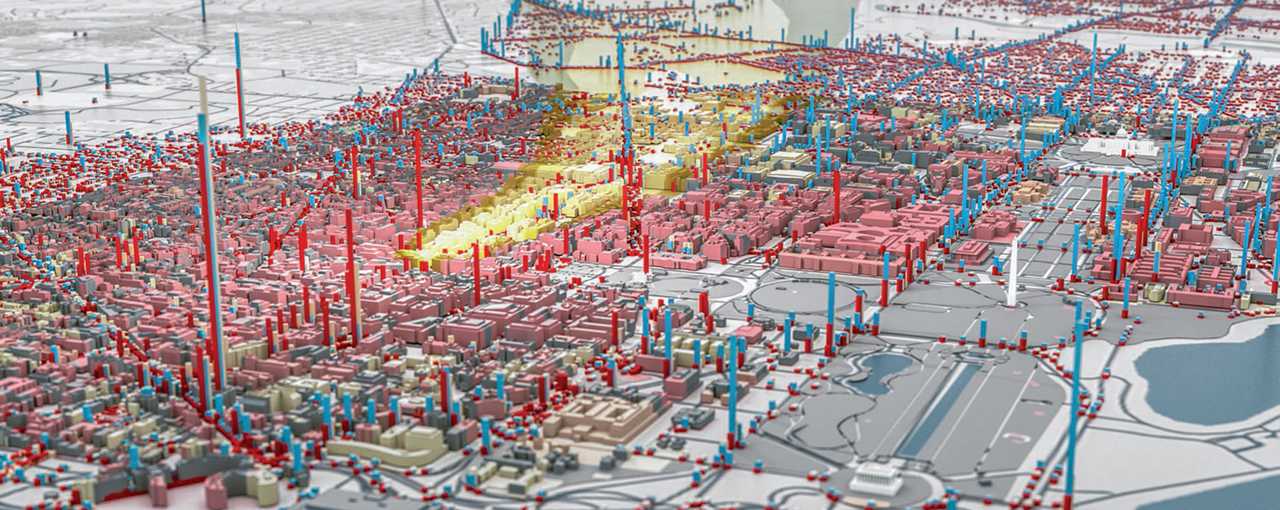
Agent-based models prevail
Transportation planning relies mostly on outdated travel models that focus too much on commuters. These models do a poor job capturing the growing share of non-work travel, and the dynamics of complex, digitally-coordinated trips that have lots of stops and rerouting. Agent-based models (ABM) "allow planners to consider each traveller as an individual with unique characteristics and goals." ABM have been around for many years, and widely used in research, but they are now becoming more widespread in planning practice. This article, by consultants at a major planning consultancy, explains a national model developed for New Zealand and one proposed for Greater London, that would simulate more than 750 different decisions for some one million individuals each day—allowing it to forecast far more detailed future impacts of planning and policy changes. This points towards a future where aggregate travel demand models are largely replaced by agent-based models... swapping a top-down view of urban dynamics for a bottom-up one. This is a paradigm that is likely to spread to other domains beyond transportation planning.




..png)
